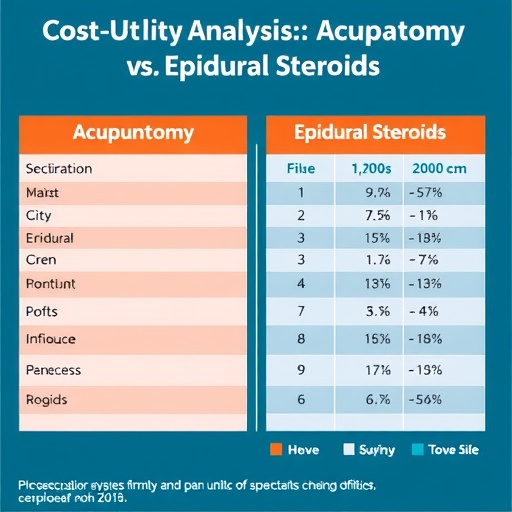Digital communication is a way to bridge the racial disparity gap in cervical cancer information and follow up

Credit: Photo by National Cancer Institute on Unsplash
An estimated 14,480 new cases of invasive cervical cancer will be diagnosed in the United States this year, according to the American Cancer Society. Cases that could be prevented or cured with better education from screening to treatment based on improved provider-patient communication, says a Michigan State University researcher.
The issue is particularly acute for Black women, said Sabrina Ford, an associate professor in the Department of Obstetrics, Gynecology and Reproductive Biology within MSU’s College of Human Medicine. Ford’s research was published online Feb. 1 in the journal Gynecologic Oncology.
“More Black women were being screened for cervical cancer (compared to white women) but they were still dying from cervical cancer at twice the rate,” she said. “It didn’t make sense.”
When Black women were told they had an abnormal cervical cancer finding on their Pap test screening, they often failed to follow up with their medical provider. The reason for this is complicated and two-pronged. One prong is about education and information. Providing clear clinical information in an easily accessible form is key to patient engagement.
“Culture does come into play because Black women do get their information from family, friends and personal experience,” she said. “Sometimes there is medical mistrust, shame or fear and so, some women delay or don’t follow up.”
The other prong is about communication, specifically how medical providers are communicating with their patients. A doctor trying not to unnecessarily alarm a patient might not be telling their patients enough information, for instance that the Pap test screens for cancer. Handing a patient a one-page flyer about cervical cancer may easily get lost, never read or understood depending on a patient’s health literacy.
Ford learned that there needs to be improvements on both prongs in order to bridge the disparity gap. Women want to receive text messages about their health care, Ford said, but presently can’t because of federal medical privacy and telecommunication laws. With regulatory changes, patients could consent to receive provider text messages, when they fill out initial office paperwork.
Also, Black women reported using their online patient portal, which also provides an opportunity to educate and advise patients so they can make informed decisions.
Another gap is communicating consistent messages. Medical providers should provide uniform information to patients on all fronts: in the office, on the patient portal, flyers and pamphlets or text messages.
“We can’t blame the patient. We can’t blame the doctor either when the communication isn’t clear,” she said. “I want to move the needle forward on cervical cancer and HPV. They are highly preventable, curable and could be eradicated.”
###
Media Contact
Caroline Brooks
[email protected]
Original Source
https:/
Related Journal Article
http://dx.




